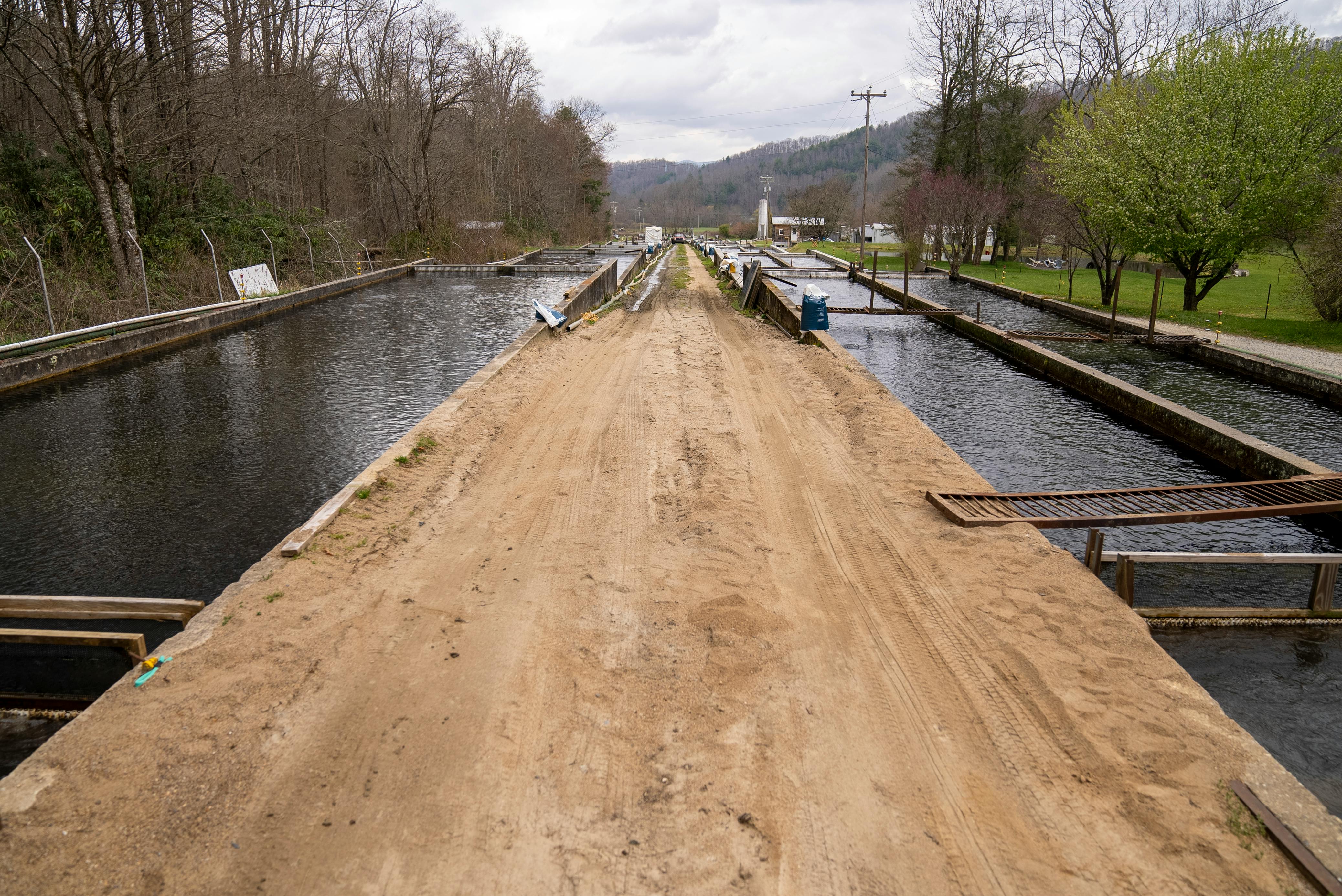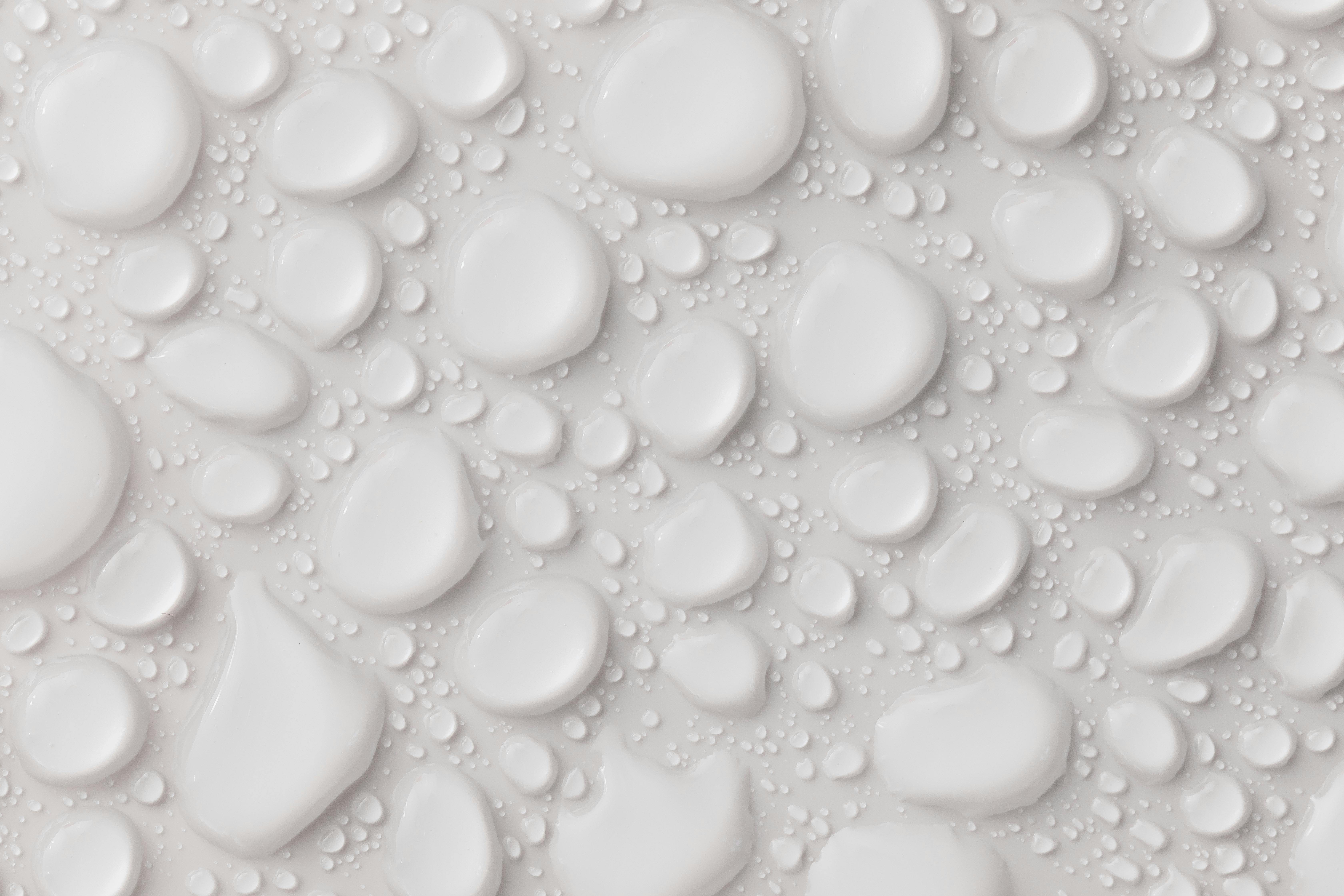Distilled Water
Distilled water is a type of purified water that has had both impurities and minerals removed. It is produced by a process of distillation, which involves boiling the water and then condensing the steam into a clean container. This process removes impurities like bacteria, salts, and metals that can be found in tap or well water. Distilled water has many uses, including drinking, cooking, medical purposes, automotive use, and more. It can also be used as an alternative to tap or well water for those who have sensitivities to certain minerals or chemicals found in regular drinking water. Distilled water is often preferred over other types of purified water because it contains no added chemicals or minerals and is considered to be “100% pure”.While distilled water is considered safe for consumption, it should not be used as a primary source of drinking water due to its lack of essential minerals like calcium and magnesium that are typically found in natural sources of drinking water. Additionally, distilled water does not contain fluoride which helps to prevent tooth decay. For these reasons, it is important to supplement your diet with foods that are rich in essential vitamins and minerals
Deionized and Distilled Water
Deionized water and distilled water are two types of purified water, created through different processes. Deionized water is created by passing water through a deionization unit to remove all of the positive and negative ions from the water. This process leaves the water with no ionic content, making it extremely pure. Distilled water is created by boiling the water and collecting only the steam, which is then condensed into a liquid form. This process removes impurities, such as minerals, salts, and other dissolved solids from the liquid.The main difference between deionized and distilled water is that deionized water has no ionic content, while distilled water still contains some dissolved solids. Deionized water has a much higher purity level than distilled water, but it also has a much higher cost due to its more complex purification process. Distilled water can be produced relatively cheaply compared to deionized, but its purity level is lower as well. Another difference between these two types of purified waters is their uses. Deionized water is often used in laboratories for scientific experiments or for cleaning electronic components due toDeionization
Deionization, also known as ion exchange, is a process of removing ions from a solution. It is commonly used to purify water and other liquids, such as industrial wastewater. The process works by exchanging positively charged ions in the solution with negatively charged ions from an exchange resin. This causes the positively charged ions to be removed from the solution, leaving it free of any impurities. The result is a pure, deionized liquid that can be used for various applications.The deionization process begins with a tank of an exchange resin that is composed of negatively charged beads or granules. When the liquid enters the tank, it comes into contact with the negative beads and the positive ions in the liquid are attracted to them. As these ions attach to the beads, they are removed from the liquid and a purer form of water is produced.
The process can involve multiple tanks or stages in order to completely remove all of the impurities from the liquid. After each stage, a test will be conducted to determine if more purification needs to be done before moving on to the next stage.
Distillation
Distillation is a process of separating the components or substances from a liquid mixture by using selective boiling and condensation. It is a common method used to purify liquids or separate mixtures of two or more liquids with different boiling points. Distillation works by heating the liquid mixture to a temperature at which one or more components vaporize. The vaporized component then travels through a condensing unit, where it is cooled and condensed back into its liquid state. The condensed liquid, which is now in a pure form, can be collected and separated from the original mixture.In addition to separation and purification, distillation can also be used for concentration. In this process, the vaporized component with higher boiling point travels through the condenser where it is cooled and condensed into its liquid form while leaving behind other components in the original mixture that have lower boiling points. This allows for the separation and concentration of one component from another mixture without affecting its chemical properties.
Distillation is widely used in industries such as petroleum refining, pharmaceuticals, water treatment, food processing, chemical production, and alcoholic beverage production. It has numerous applications and

The Purification Process of Deionization
Deionization is a process of purifying water by removing the cations and anions that are dissolved in it. This process is commonly used to produce water with a high degree of purity for medical, industrial, and laboratory use. The process involves passing the water through an ion exchange resin bed, which captures the ions that are present in the water and binds them to the resin. The ions are then removed from the water by passing it through an electrical field or by adding chemicals. The result is a purified form of water with no ions or other contaminants present.The process of deionization begins with pre-treatment, which involves filtering out any suspended solids or particles in the water. This ensures that only dissolved ions are present in the water before it passes through the ion exchange resin bed. Once these solids have been filtered out, an activated carbon filter is used to remove any organic compounds or chlorine that may be present in the water. Once these substances have been removed, the water is then passed through an ion exchange resin bed where cations and anions are bound to the resin beads.
Is Deionized Water Different from Distilled Water?
When considering water purity, the distinction between distilled water versus deionized water explained is crucial. Distilled water is created through boiling and condensation, removing impurities and minerals. In contrast, deionized water uses ion-exchange technology to eliminate charged particles. Both serve unique purposes, but their purity processes differ significantly.
The Purification Process of Distillation
Distillation is a commonly used process for purifying liquids. It works by boiling a liquid and collecting the vapors that rise from it. The vapors are then condensed back into a liquid form, resulting in a more pure product. Distillation is used in many industries, from making alcoholic beverages to producing industrial chemicals and fuels. The process is also used in laboratories to purify compounds for scientific use.The way distillation works is by exploiting the differences in boiling points of different molecules. When a liquid is heated, the molecules that have lower boiling points will be the first to vaporize and be collected as steam or vapor. This vapor can then be cooled and condensed to separate it from higher boiling point compounds which remain in the original liquid. This separation can be very effective for purifying liquids, as long as the boiling points of the components are far enough apart.
The distillation process can also be used for separating mixtures of two liquids with different boiling points. This is done by heating up the mixture until one of the liquids begins to evaporate. The vapor that rises can then be collected
Advantages of Deionized Water
Deionized water offers numerous advantages over regular tap water, making it a popular choice for a variety of applications. Deionized water has had its mineral ions removed, such as calcium, sodium, iron and copper. This process is called deionization or demineralization and is usually done with the help of an ion exchange resin. By removing these minerals, the water becomes more pure and has a longer shelf life than regular tap water. Deionized water also has a neutral pH level, making it better for industrial and laboratory use.One of the biggest advantages of deionized water is its non-conductivity. Since it has had all its mineral ions removed, deionized water does not conduct electricity or interfere with electronic components. This makes it ideal for use in industries that require high purity levels such as electronics manufacturing and automotive production. It also makes it useful for cleaning delicate electronic equipment as well as laboratory equipment that requires very specific levels of purity.
Another advantage of deionized water is its ability to absorb gases such as oxygen and carbon dioxide more

Conclusion
Both deionized and distilled water have many uses. Deionized water is more commonly used for industrial processes, while distilled water is typically used for drinking. It’s important to note that deionized water contains some minerals and ions, while distilled water does not. Both types of water have their advantages and disadvantages, so it’s important to understand what type of water you need for your particular application.Overall, deionized and distilled water both have different uses and benefits. While both types of water are safe to drink, it’s important to remember that deionized water may contain some contaminants, while distilled water does not. Ultimately, the choice between these two types of waters should be based on your individual needs to ensure you get the most benefit from your chosen type of water.

